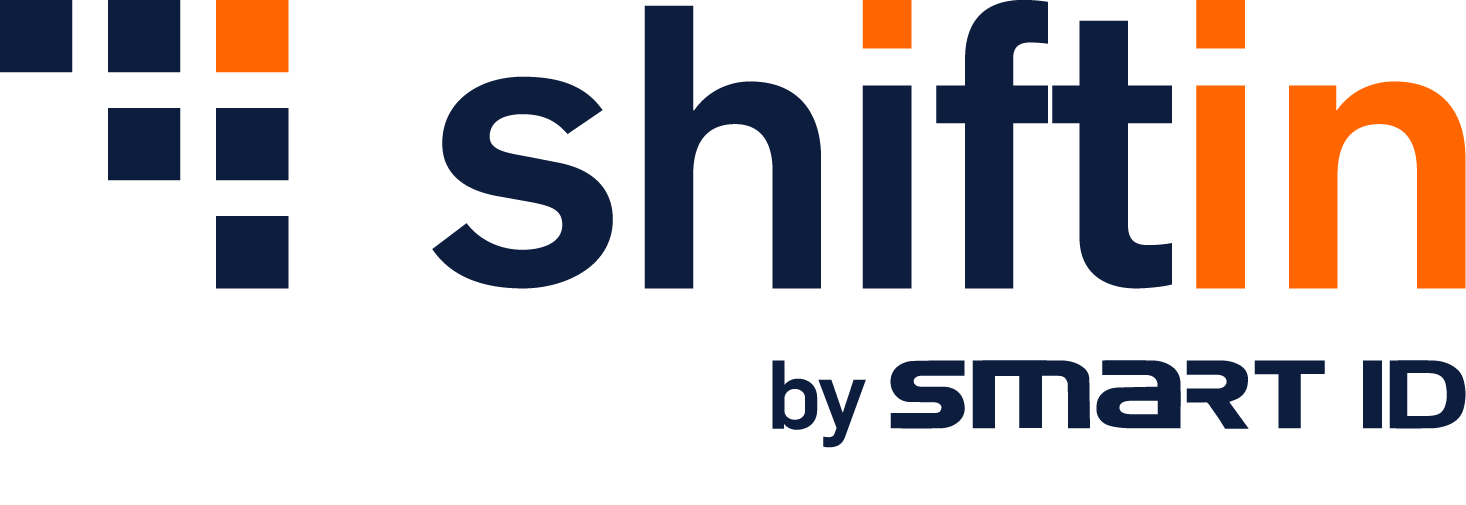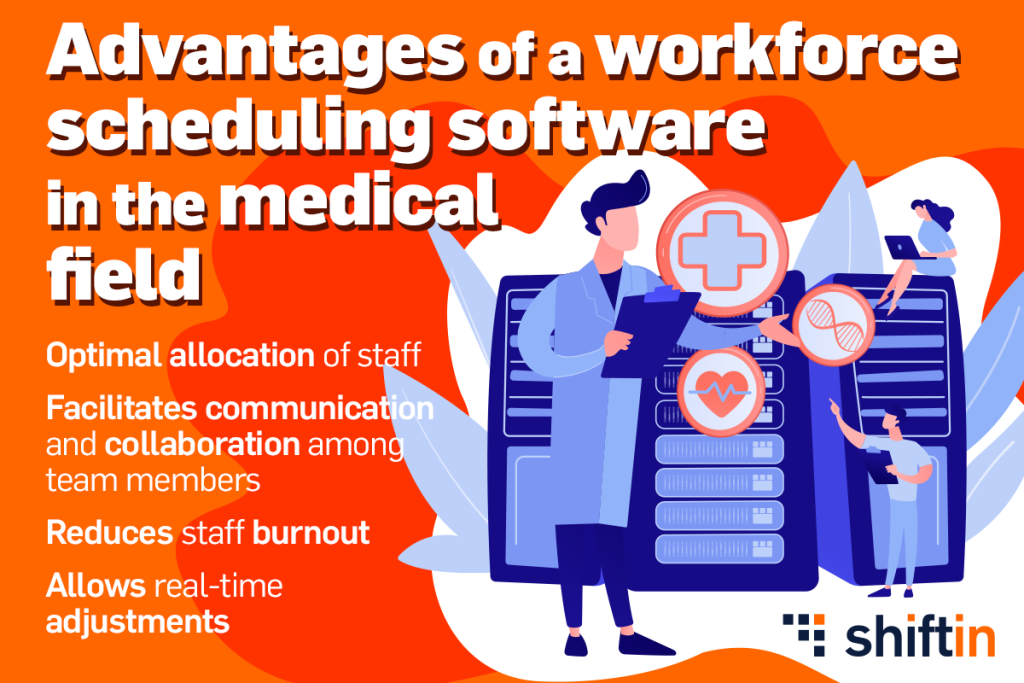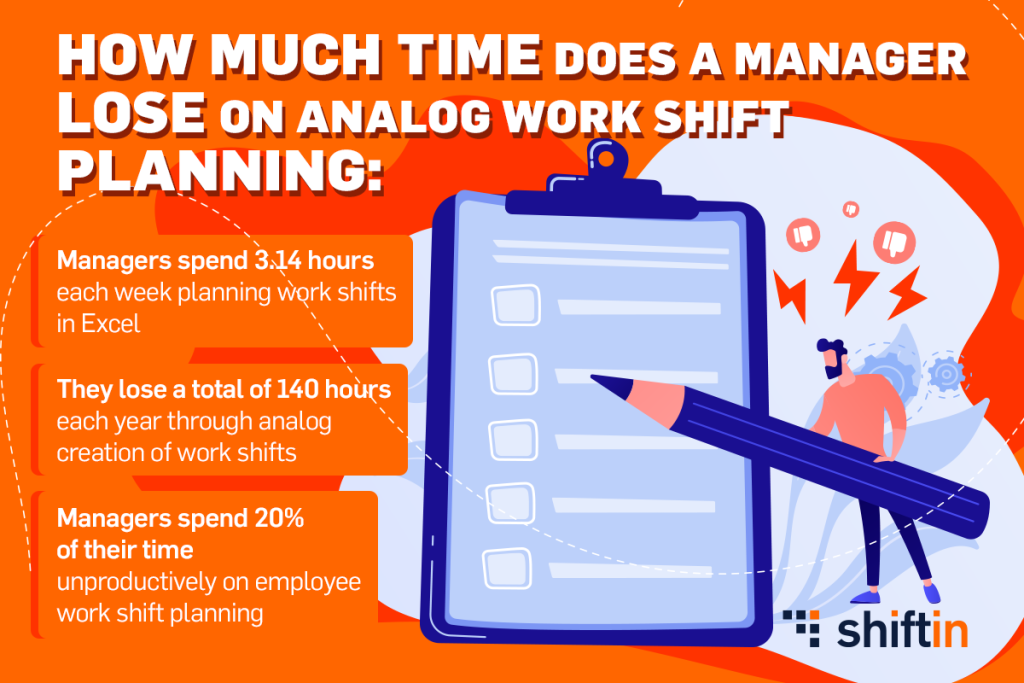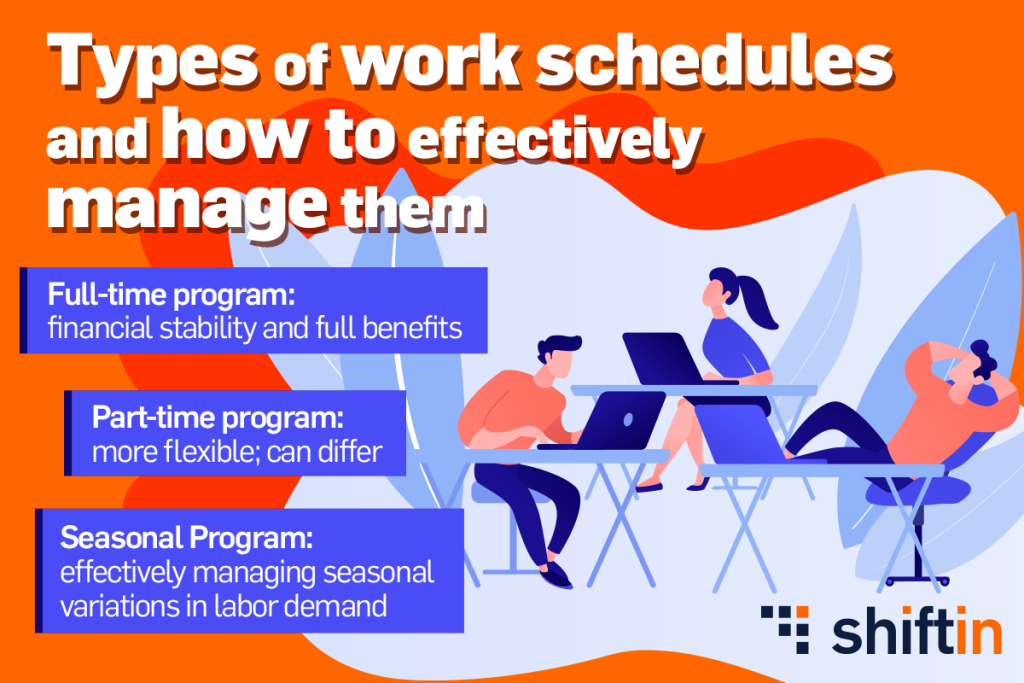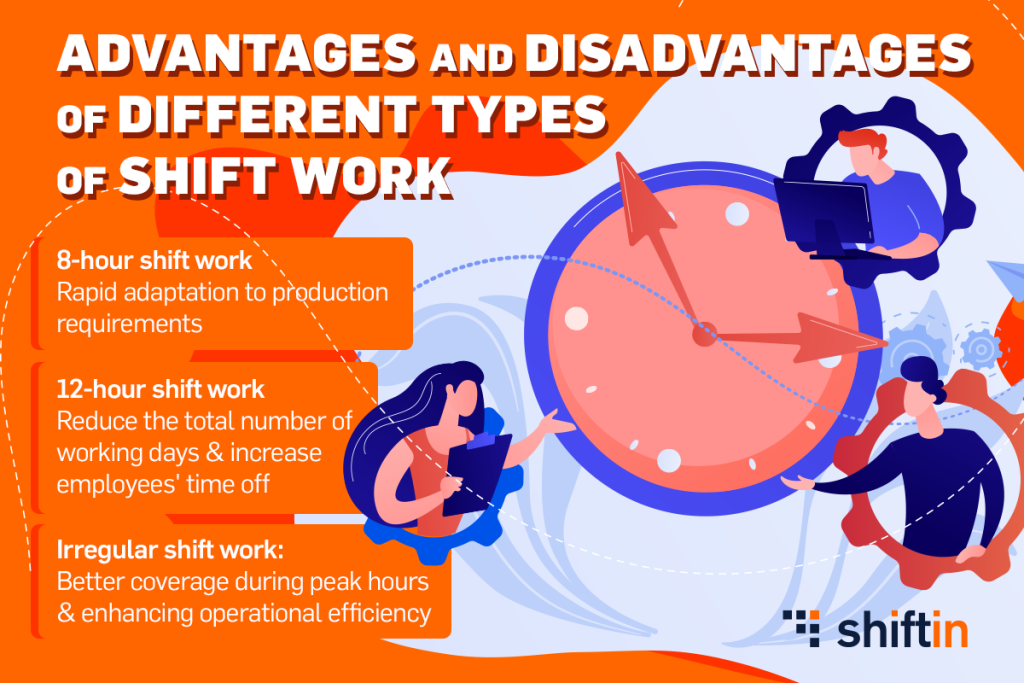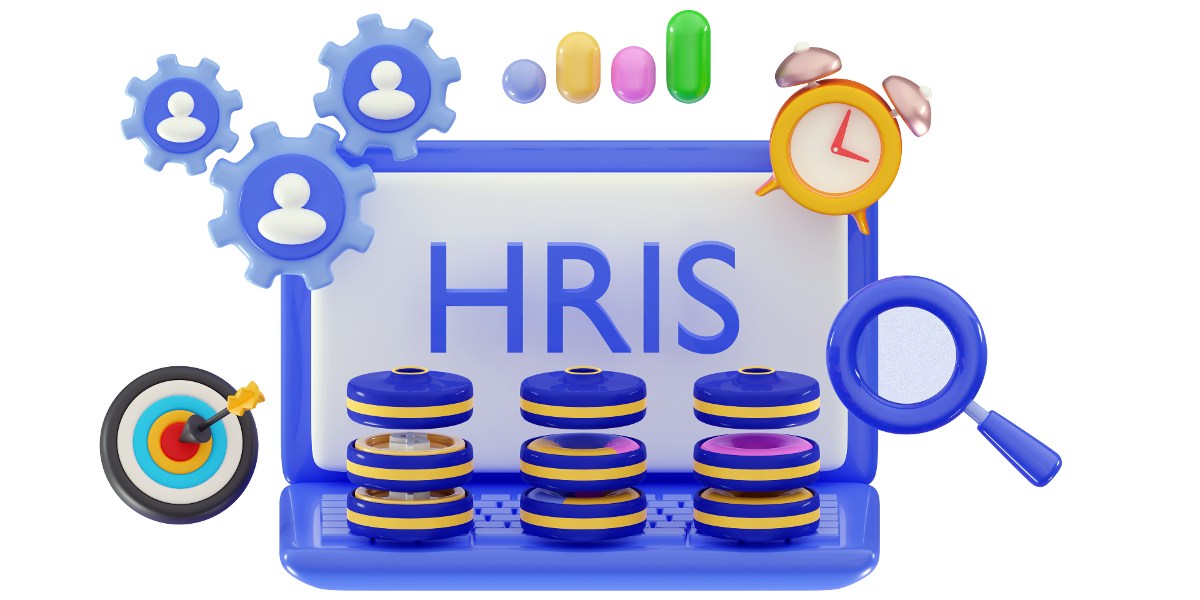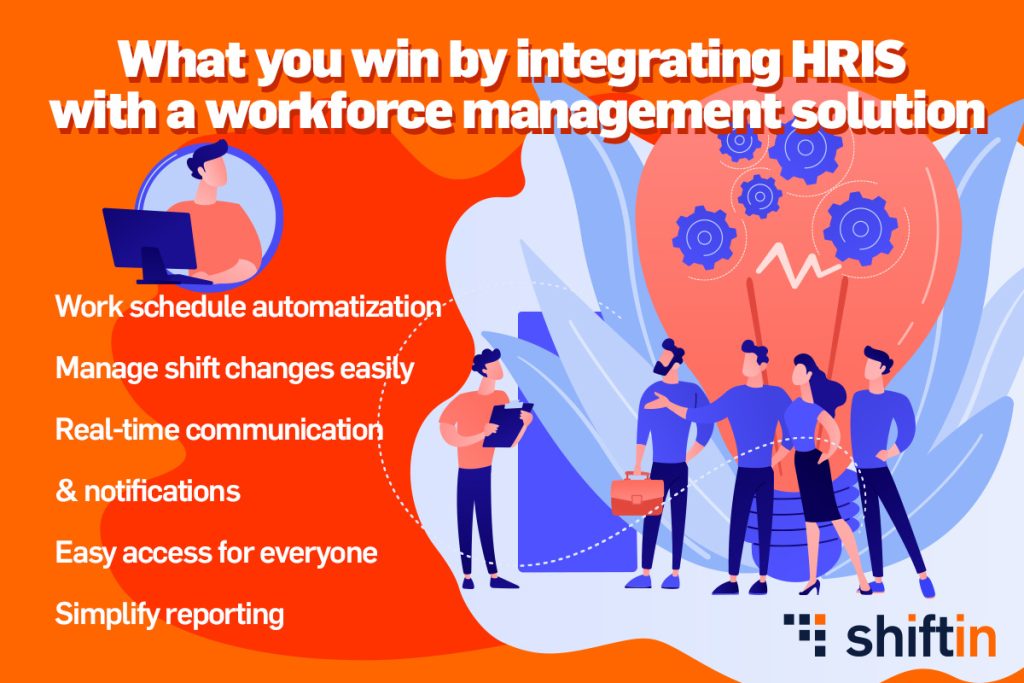- What should be included in a model working time plan under the current legislation?
- shiftin features
- Fixed working hours model
- The rotating shift working model
Employers are putting more emphasis on maximizing working hours to maintain compliance and boost worker productivity and work satisfaction. The development and implementation of more digital technologies in workflows have made employee time management the easiest and most effective it has ever been. Let’s examine what constitutes a compliant work schedule model and how Shiftin and other technologies can help you run your business more efficiently.
What should be included in a model working time plan under the current legislation?
To be compliant with the laws of current times, a work schedule model requires to have certain essential elements. It should, first and foremost, provide comprehensive staff data. It is crucial to have clearly defined working hours that indicate the start and finish periods of each workday for all employees.
It is also important to incorporate scheduled breaks following employment laws regarding rest intervals. To guarantee that workers receive fair compensation by the law, overtime regulations need to be precisely outlined and documented.
Furthermore, it is crucial to record any AND every leave of absence. When a business adopts a rotating shift plan, the schedule should specify how the shifts are rotated to guarantee that employees are treated fairly and that their shifts are distributed fairly. Any additional remarks or modifications made to abide by particular legal laws or business guidelines should be noted and documented.
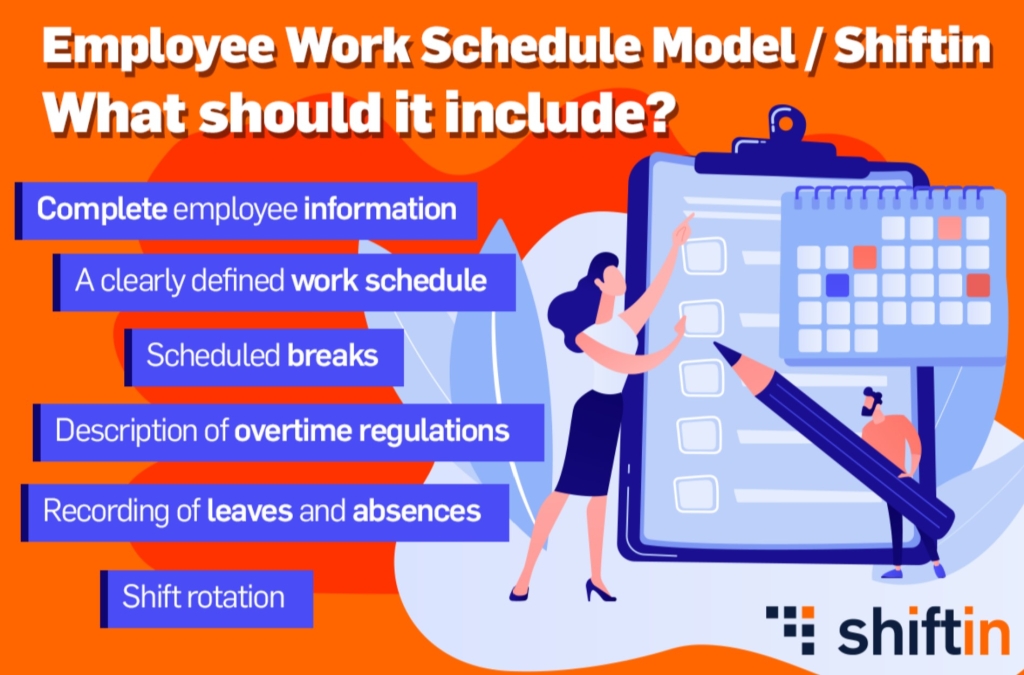
shiftin features
Making and maintaining legally authorized work schedules can be made much easier by utilizing a service like shiftin. shiftin provides a range of customizable templates that may be tailored to any type of business. Since these templates are simple to use and adapt, implementing them will be simple and require little effort.
Fixed working hours model
Different work scheduling models are frequently utilised depending on the industry and type of work that needs to be done. The Fixed Schedule work model is the most commonly employed. Businesses with consistent daily operations ought to implement this type of approach. It considers regular breaks, set vacation days, and fixed working hours that typically don’t change. This guarantees that workers have a predictable work schedule that benefits both the company and the employees.
The rotating shift working model
A rotating shift work model is increasingly common in sectors like security and healthcare that need to run around the clock. This template describes alternating shifts so that each worker has an equal workload. It contains thorough records of shift modifications and adjustments that accommodate personal needs and unforeseen circumstances.
Shiftin provides the necessary resources to create, manage, and optimize these types of work model schedules, helping businesses thrive in 2024 and beyond. Take the first step towards optimizing your work schedules today with shiftin.
